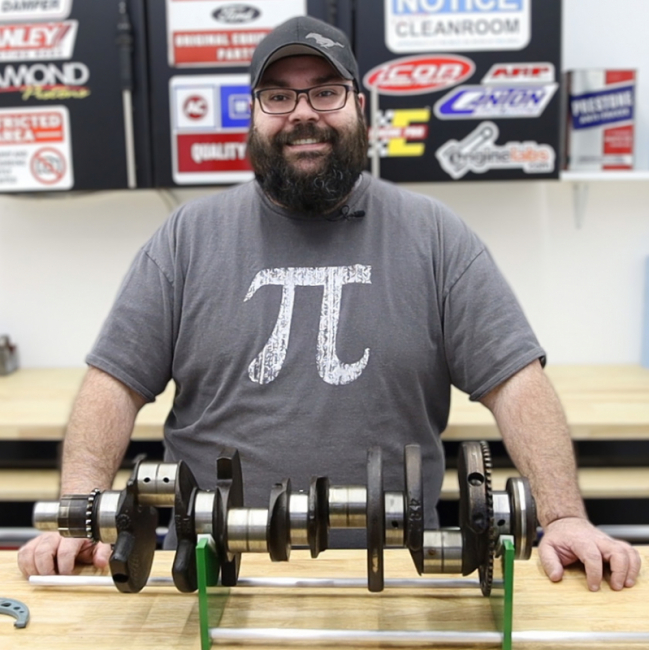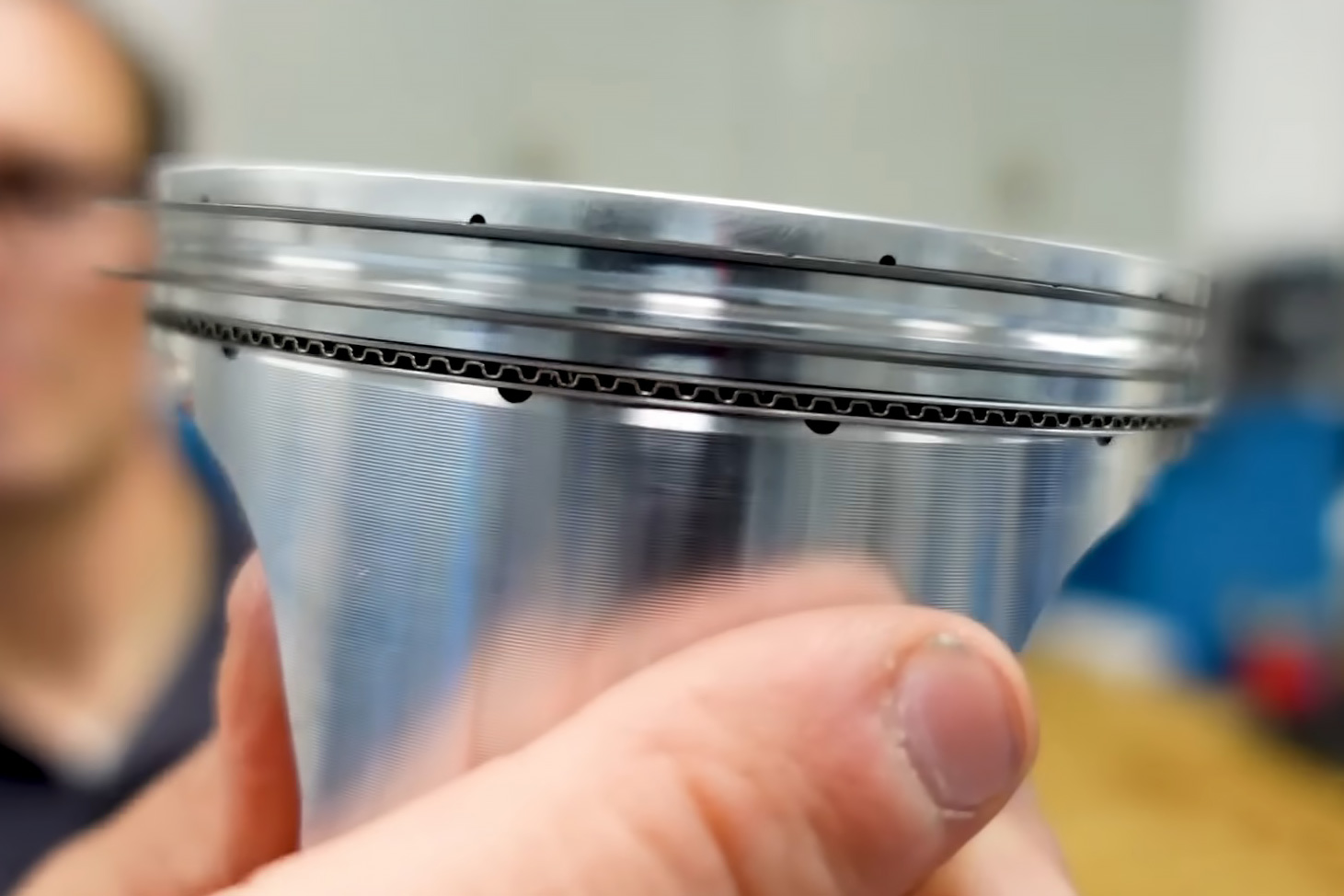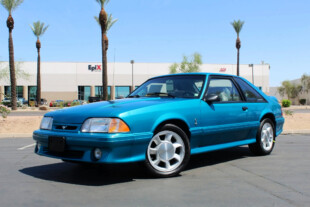We’ve spoken about it in the past — the modern evolution of piston and piston ring designs has absolutely made making bigger horsepower numbers easier than ever. Where the common thought process decades ago was that thin rings were too weak to last — let alone handle forced induction — we are now seeing thin rings in production-line engines that would have made race engines blush in decades past.
Luckily for us, Total Seal’s Lake Speed, Jr. put together a project series in which he dyno-tested a NASCAR Cup engine from the 1990s before modernizing it with the latest and greatest and throwing it back on the dyno. From that series, we were able to get a deep, inside look at how piston and piston ring design has evolved over the past few decades.
A Piston and Piston Ring From The ‘90s
The first thing to look at is the pistons themselves. The piston that came out of Lake Speed, Sr.’s NASCAR Cup 358-cube engine looks like something you’d find in a mild performance rebuild in the mid-2020s. It’s a full-round skirt design with no CNC lightening under the crown — it’s straight out of the forge. The ring grooves are .043 inch on top, a 1.5mm (.059 inch) second ring, and a full 3.0mm (.118 inch) wide for the oil ring.
The .043 top ring was made from ductile iron coated with molybdenum. Back in the day, that piston and ring pack was the pinnacle of NASCAR performance. However, bottom line up front, when that engine, with all the same parts, save for the pistons and rings, was rebuilt and redynoed, there was a huge, almost 300 horsepower increase. While that was attributed to finding some damage in the old engine, the test was rerun with the repaired engine, with both vintage and modern piston and ring combinations.
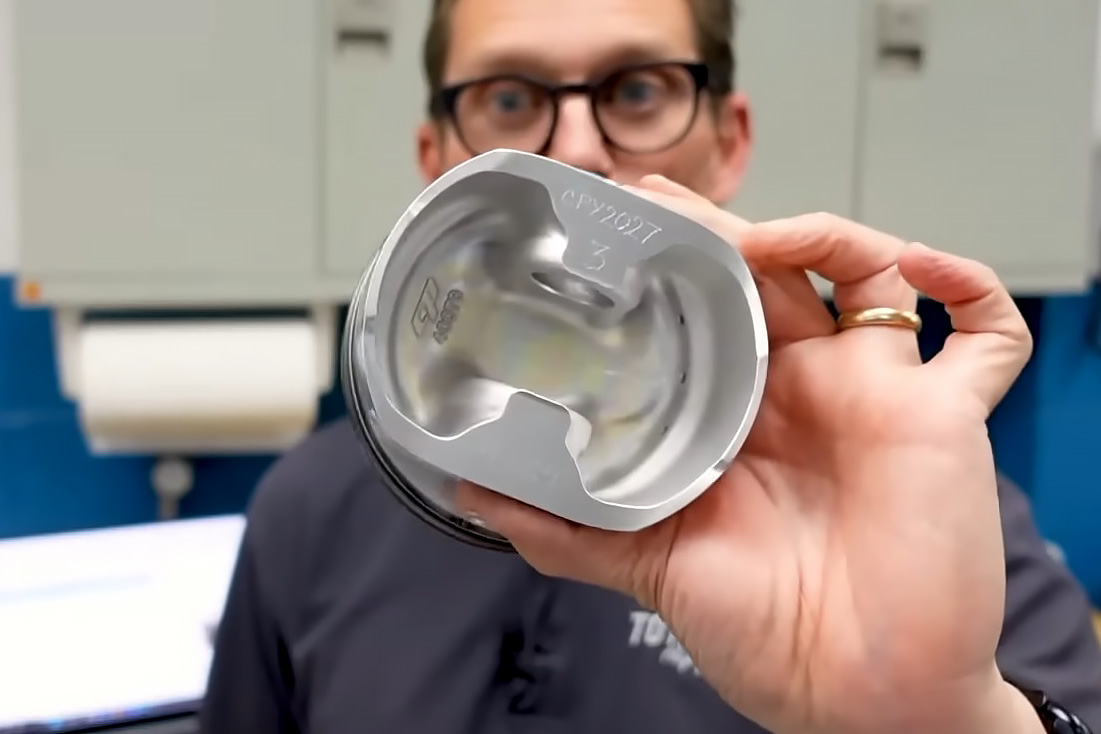
Here, you can see the full-round skirt design of the older piston. Not exactly what most of us imagine when you talk about a cutting-edge NASCAR Cup piston.
Modern Parts = Modern Power
Moving into modern times, the whole design of the piston has changed, moving to a side relief forging design which greatly reduces the mass of the piston while being just as strong, if not stronger, than the full-round design. In addition to that, the machining capabilities when manufacturing the pistons have improved, allowing for exceptionally precise 0.7mm top and second ring grooves.
For the modern 0.7mm (.027 inch) top ring, a modern stainless steel alloy is now used. The modern top ring is almost half the thickness of the old top ring, while making no compromises in strength or reliability. The second ring is also 0.7mm and steel, which is less than half the thickness of the original cast iron second ring. While both the 1990s-spec and the modern pistons are laterally gas-ported, the modern top ring is also gas-ported, for even more sealing.
The modern combination has laterally gas-ported pistons, the same as the old school pistons (left) but the new trick is to incorporate gas-ported piston rings as well. Ring seal isn't generated by the outward tension of the ring itself, but rather by the pressure exerted by the combustion pressure that gets behind the rings and forces them outward, against the cylinder wall.
Besides just being thinner than the old rings, and being made of a different material, the modern rings greatly benefit from modern face coatings. Not only does that reduce the friction between the ring and cylinder wall, but it also increases the durability of the ring. Now, the new coatings do necessitate a more modern honing process, largely because the new rings and coatings don’t hold their own oil. That has led to the modified plateau honing process being used with great success.
Speed shares that not only are you reducing friction and improving cylinder sealing with this combination of modern parts and processes, but you’re getting as much as three times the longevity out of the engine. “Those old ductile moly rings lasted one [Cup] race. Today, these rings are lasting three races,” shares Speed. He also shares that on the same engine, the difference between the old-school rings and hone and the modern ones is a repeatable 43 horsepower increase (730 horsepower vs. 773 horsepower). Pretty nifty what science and technology can do for horsepower.
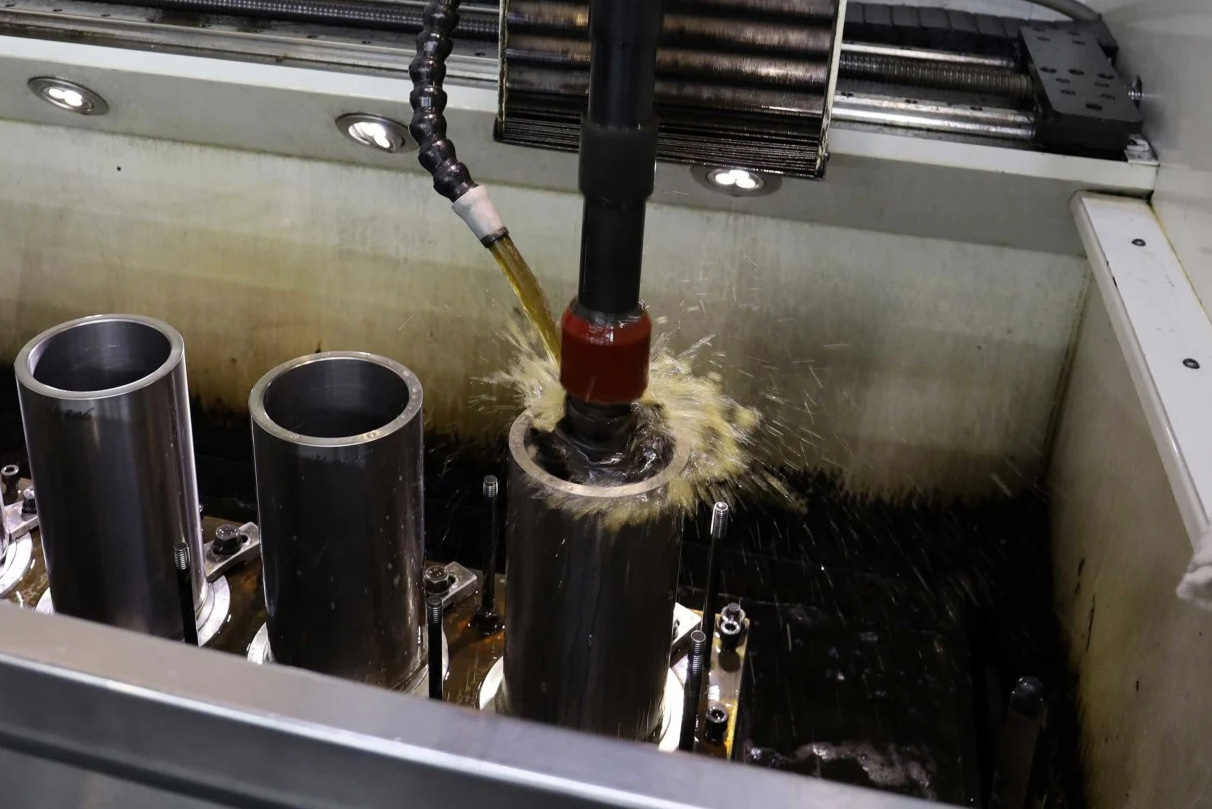
In order to properly accommodate the modern, high-hardness piston ring coatings, a modified plateau honing process is required. The combination of modern ring materials, modern coatings, and modern honing allows for better sealing, lower friction, and more longevity across the board.


